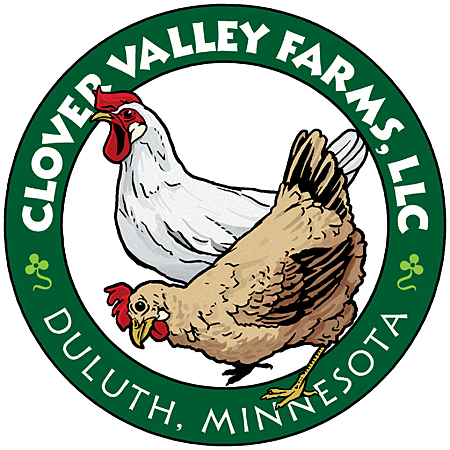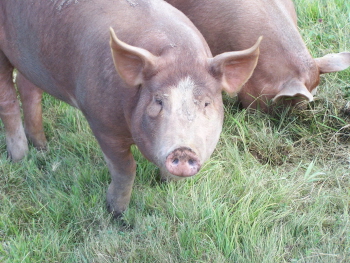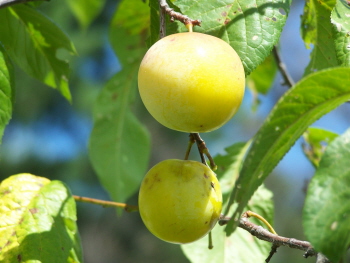Apples & Other Fruits
Harvest & Processing
Apple harvest begins in the fall and can span the two months from August through September because of the number of varieties Jeff and Cindy have. They sell marketable (aesthetically pleasing) apples through the fall at the co-op and start using unmarketable fruits to press cider and preserve products for family use in October. Jeff and Cindy are developing value-added products such as jams, sauces, cider, and culinary vinegars for sale. While their own apple production is still ramping up, they’re working with friends and neighbors to glean apples, pears, and plums from other trees in the area. This allows Jeff and Cindy to sell more of their own production while still having enough fruit for personal use and for finishing poultry and hogs in the fall.
Spotlight on: Outreach Jeff and Cindy’s gleaning efforts inspired them to explore how they can integrate tree fruit gleaning into their operation as a way of helping provide jobs, training, and access to nutritious local foods for low-income members of the Duluth community (see Farm Business > Professional Development).   Federal law offers liability protection to farmers who donate produce from their farms to food shelves. Called the "Bill Emerson Good Samaritan Act," provisions of this legislation protect farmers against liability both for the products donated, and for volunteer gleaners that come onto their property to harvest surplus produce. This legal protection depends on the farmer acting in good faith and does not apply in cases of negligence or willful misconduct on the part of the farmer. University of Maine Extension offers a publication called Gleaning Program Guidelines, which describes how to organize and carry out a gleaning operation using volunteer labor. |
Currants start producing in mid-summer. As Cindy and Jeff’s hedgerows expanded, they plan to start limited sales, either direct to customers or wholesale to the local food cooperative. As with apples, Cindy and Jeff are exploring value-added products based on their small fruits. Currants, for example, don’t travel and pack well. Although the market for fresh currants seems to be opening up, Cindy and Jeff feel their currants are better suited for dehydrating and contributing to other products such as pancake mixes, mueslix, or culinary vinegars.
|
Cindy and Jeff started out with a small wooden “backyard” cider press, which is built for about 30 gallons per year. They pushed it to its limits in 2009, using it to produce 110 gallons of cider that year. 
With increasing production, they got motivated to improve their pressing capabilities. They found few options between small backyard presses and large, unaffordable commercial presses, so they designed their own metal hydraulic press. This press allows them to press more apples at one time and also to get more cider out of the apples: about 5 gallons per 100 lbs, versus 4 gallons with the backyard press. They like its simple design, using a small off-the-shelf hydraulic pump.  As with the absence of tractors on the farm, Cindy notes that this press illustrates their focus on avoiding mechanization and working toward a goal of providing food for themselves and the local community but not growing larger than that. They also like that cider pressing can be a community event itself, with friends and neighbors joining in the effort to get their own apples pressed and to create tasty combinations of cider using different varieties.  |
 |
 |


